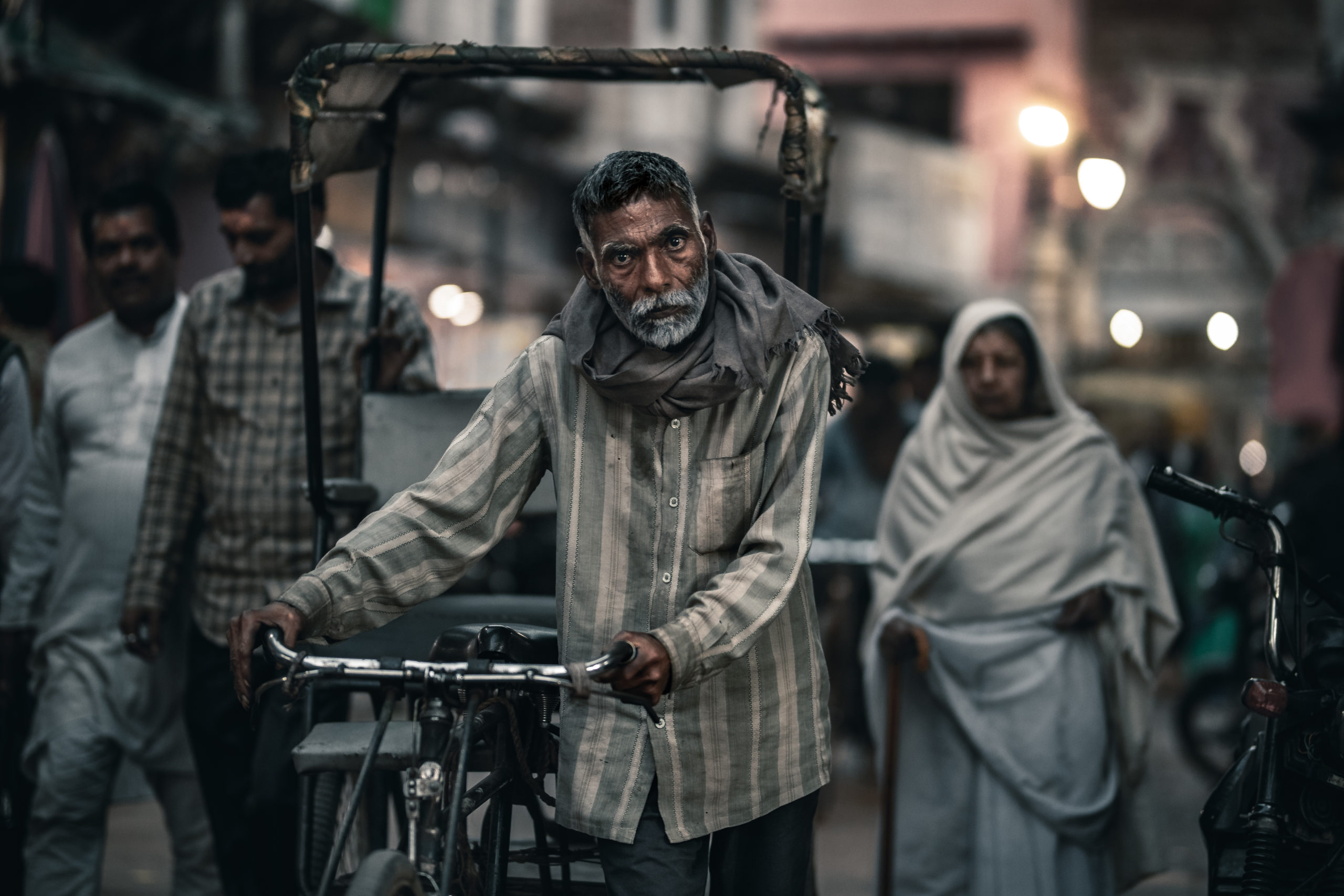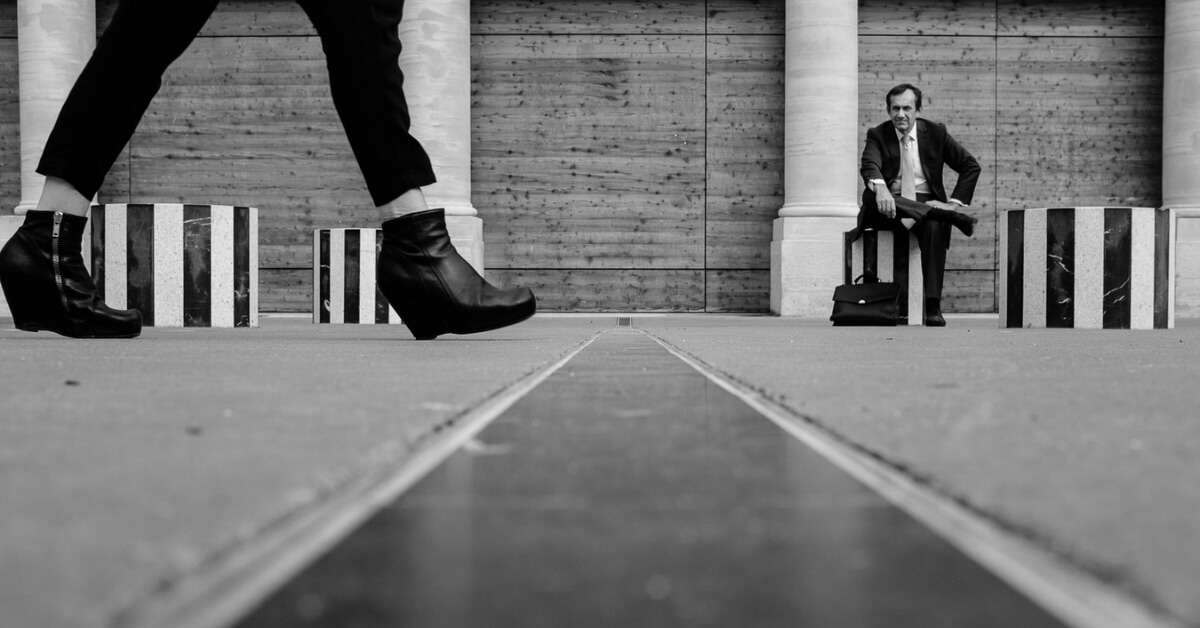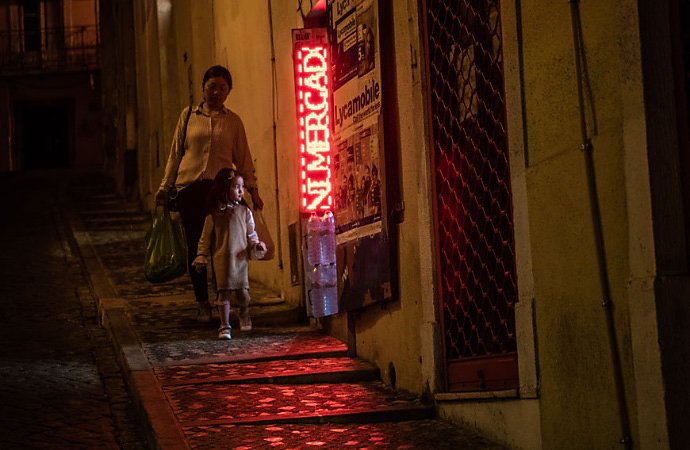Discover the art of street photography with expert tips, ethical guidelines and the unique appeal of capturing real-life moments. Discover the world through your lens and through our Capture Canvas blog.
 |
The Art of Street Photography: Capturing Life's Essence
When it comes to photography, few genres are as captivating and immersive as street photography. It is an art form that transcends the boundaries of the urban landscape and city streets, delving deeper into human experience in public space. In this Capture Canvas blog, we will explore the intricacies of street photography, its requirements, challenges, ethics and how to start your journey as a street photographer.
The Essentials of Street Photography
Camera Choice: The Tool of Expression
In street photography, your camera is your tool for expression. While any camera can be used, smaller and more discrete ones often make the process smoother. They allow you to blend into your surroundings, capturing genuine moments without disrupting the scene.
The Art of Observation
The essence of street photography lies in observation. It's about keenly perceiving the world around you and keeping an eye out for captivating scenes. The ability to notice the subtlest details can transform an ordinary moment into an extraordinary photograph.
Timing: Seizing the Decisive Moment
Timing is the heartbeat of street photography. It's the art of capturing that decisive moment when all elements within the frame harmonize perfectly. This precise moment can elevate your image from mundane to mesmerizing.
Composition: Crafting Visual Stories
Good composition is the backbone of compelling street photographs. Seek out interesting juxtapositions, leading lines, patterns, and frames within your environment. Your composition should tell a story, drawing viewers into the narrative of your image.
Overcoming Challenges
Conquering the Fear of Strangers
One of the greatest challenges in street photography is overcoming the fear of photographing strangers. However, remember that discretion often leads to more natural and candid shots. Embrace the opportunity to capture humanity in its authentic form.
Ethics in Street Photography
Respecting Privacy and Boundaries
While public spaces may lack the privacy of our homes, it's crucial to respect personal boundaries. Avoid taking photos that could embarrass or infringe upon someone's dignity. Always ask yourself if the photograph respects the subject's privacy and feelings.
Getting Started with Street Photography
1. Conquer Your Fear
Overcome the initial apprehension of photographing strangers by gradually building your confidence. As you continue, your comfort level will grow.
2. Choose the Right Gear
Select a camera that suits your style and needs. While any camera can work, a smaller, discrete one can make you less conspicuous and more agile.
3. Think Beyond Streets
Street photography isn't confined to cityscapes. Capture life's raw essence anywhere – from rural landscapes to bustling markets.
4. Timing Is Key
Practice the art of patience and timing. Wait for the decisive moment, and be ready to capture it when it arrives.
5. Storytelling Through Images
Every photograph should narrate a story. Aim to convey the personality or essence of the person or place you're capturing.
6. Develop Your Unique Style
Like any art form, street photography flourishes with individuality. Experiment and develop a style that's uniquely yours.
7. Connect with Subjects
If you photograph interesting individuals, consider exchanging contact information. This allows you to share the photos with them later, fostering connections.
Approaching Strangers for Photos
Approaching strangers can be intimidating but rewarding. Here's a guide to approaching subjects:
1. Confidence Is Key: Exude confidence to put your subjects at ease.
2. Friendly Demeanor: Smile, make eye contact, and appear approachable.
3. Explain Your Intentions: Let subjects know why you want to photograph them.
4. Ask for Permission: Always request permission before taking a photo.
5. Show Your Work: If possible, show your previous work to build trust.
6. Be Efficient: After gaining permission, take the photo quickly.
7. Express Gratitude: Thank your subjects for their time and cooperation.
Three Major Rules in Street Photography
1. Find a Good Spot and Wait: Capture candid moments by positioning yourself in a lively area and patiently waiting for the perfect shot.
2. Clearly Defined Subject: Ensure your photos have a clear subject and apply compositional rules like the rule of thirds and leading lines.
3. Photograph Where You Live: Start your journey in your own neighborhood; familiarity can enhance your comfort and creativity.
Street Photography as an Art Form
Street photography is undeniably an art form for several compelling reasons:
1. Captures Reality: Unlike staged photos, street photography preserves life as it unfolds, portraying unfiltered moments that reflect society's true essence.
2. Narrates Stories: Each street photo is a story, whether about a person, a place, or an event, condensed into a single frame.
3. Requires Skill and Creativity: It demands a sharp eye for detail, quick reflexes, and the capacity to anticipate moments, weaving light, composition, and perspective into captivating images.
4. Elicits Emotion: Street photography, like any art, can evoke a range of emotions in viewers, adding depth and resonance to the narrative.
5. Unique Moments: No two street photographs are alike. Each frame captures a fleeting moment in time that can never be replicated.
Benefits of Street Photography
Engaging in street photography offers an array of personal and artistic benefits:
1. Enhanced Photography Skills: Street photography hones your ability to capture fleeting moments, improving your speed and precision as a photographer.
2. Heightened Observation: It encourages you to be more attentive to your surroundings, enhancing your ability to perceive and appreciate the world.
3. Overcoming Social Anxiety: Street photography is an effective means to overcome social anxiety by fostering boldness and social interactions.
4. Promotes Mental Well-being: The act of walking and immersing yourself in street scenes can promote mental well-being.
5. Facilitates Connections: Street photography often leads to meeting new people and forming meaningful connections.
6. Artistic Expression: It provides a canvas for diverse forms of artistic expression, from portraits to abstract compositions.
Common Street Photography Mistakes
Avoid these common mistakes in your street photography endeavors:
1. Overthinking: Don't overanalyze; seize the moment.
2. Heavy Gear: Bulky equipment can hinder your agility and draw unwanted attention.
3. Rushing: Slow down; patience yields better shots.
4. Fear Hindrance: Fear of photographing strangers or rejection can stifle creativity.
5. Lack of Focus: Stay alert and aware of your surroundings
6. Unrealistic Expectations: Manage your expectations; not every day yields a masterpiece
7. Hasty Pace: Take your time to observe and compose your shots.
The Challenge of Street Photography
Street photography's difficulty arises from several factors:
1. Unpredictability: Unlike studio photography, street photography is unpredictable, making it challenging to plan your shots.
2. Fast-Paced Environment: The streets are bustling, and scenes change in the blink of an eye, requiring quick reflexes.
3. Intrusiveness: Taking photos of strangers without permission can be intrusive, requiring sensitivity.
4. Changing Lighting: Dealing with varying lighting conditions can be demanding.
5. Legal and Ethical Concerns: Public photography without consent raises legal and ethical considerations.
6. Patience: Success in street photography often hinges on waiting for the perfect moment, which requires patience.
Based on various sources, here are some of the best cameras and lenses for street photography in 2023:
Camera:
1. Fujifilm X-T5: This camera is highly recommended for its value for money.
2. Sony A7 IV: This is a great choice if you have a higher budget and need to do video as well.
3. Leica Q2: This is an excellent, albeit expensive, option.
4. Fuji X100V: This camera has great colors but is not suitable if you need video.
5. Panasonic Lumix DMC-GX9: This camera is also highly recommended.
6. Ricoh GR III: This is another good option.
7. Canon EOS M50 Mark II: This is a good choice if you're looking for a Canon camera.
Lenses:
1. Canon 35mm f/1.8 IS Macro STM
2. Canon EF 35mm f/2 IS USM
3. Sigma 35mm f/1.4 DG HSM A
4. Canon EF-S 24mm f/2.8 STM
5. Nikon Z 35mm f/1.8 S
6. Sigma 24mm f/1.4 DG HSM | Art for Nikon
7. Viltrox 23mm F1.4 AF
8. Tamron SP 35mm f/1.8 Di VC USD for Nikon
9. Sigma 35mm f/1.4 DG HSM | Art for Nikon
10. Samyang 24mm f/1.4 ED AS IF UMC for Nikon.
why those are the best for street photography?
The cameras and lenses mentioned are considered good for street photography due to a combination of factors:
1. Focal Length: A 35mm focal length is often ideal for street photography as it provides a standard angle-of-view that is close to that of human vision and easy on the eye.
2. Aperture: Fast apertures (like f/1.4 or f/1.8) allow more light into the camera, enabling faster shutter speeds, which is useful for capturing spontaneous moments in street photography.
3. Size and Weight: Compact and lightweight cameras and lenses are easier to carry around for extended periods, making them ideal for street photography.
4. Image Stabilization: Some of these cameras and lenses come with image stabilization systems, which can be very useful for handheld shooting in low light conditions.
5. Autofocus: Fast and accurate autofocus systems are crucial for capturing fleeting moments in street photography.
6. Image Quality: These cameras and lenses are known for their excellent image quality, which is always a key consideration.
7. Price: Some of these options offer great value for money, providing high-quality features at a lower cost compared to other models.
Remember, the "best" camera or lens for street photography can vary greatly depending on personal preferences and shooting style. It's always a good idea to try out different gear to see what works best for you.
Conclusion
Street photography is a compelling art form that invites you to explore and capture the vibrant tapestry of everyday life. With the right mindset, gear, and approach, you can embark on a rewarding journey of creativity and storytelling through your lens.
FAQs (Frequently Asked Questions)
1. Can I use any camera for street photography?
Yes, street photography welcomes all cameras. However, smaller and discrete cameras are often preferred for their unobtrusive nature.
2. How can I overcome the fear of photographing strangers in public?
Start by building your confidence gradually. Smile, make eye contact, and always ask for permission before taking a photo.
3. What are the major rules in street photography?
Three major rules in street photography include finding a good spot and waiting for the perfect moment, ensuring a clearly defined subject, and starting your photographic journey in your own neighborhood.
4. Why is street photography considered an art form?
Street photography is considered an art form because it captures unfiltered reality, tells compelling stories, demands skill and creativity, evokes emotions, and preserves unique moments in time.
5. What are the benefits of engaging in street photography?
Engaging in street photography improves photography skills, enhances observation abilities, helps overcome social anxiety, promotes mental well-being, facilitates connections, and encourages diverse forms of artistic expression.
==========================================================================


















0 Comments